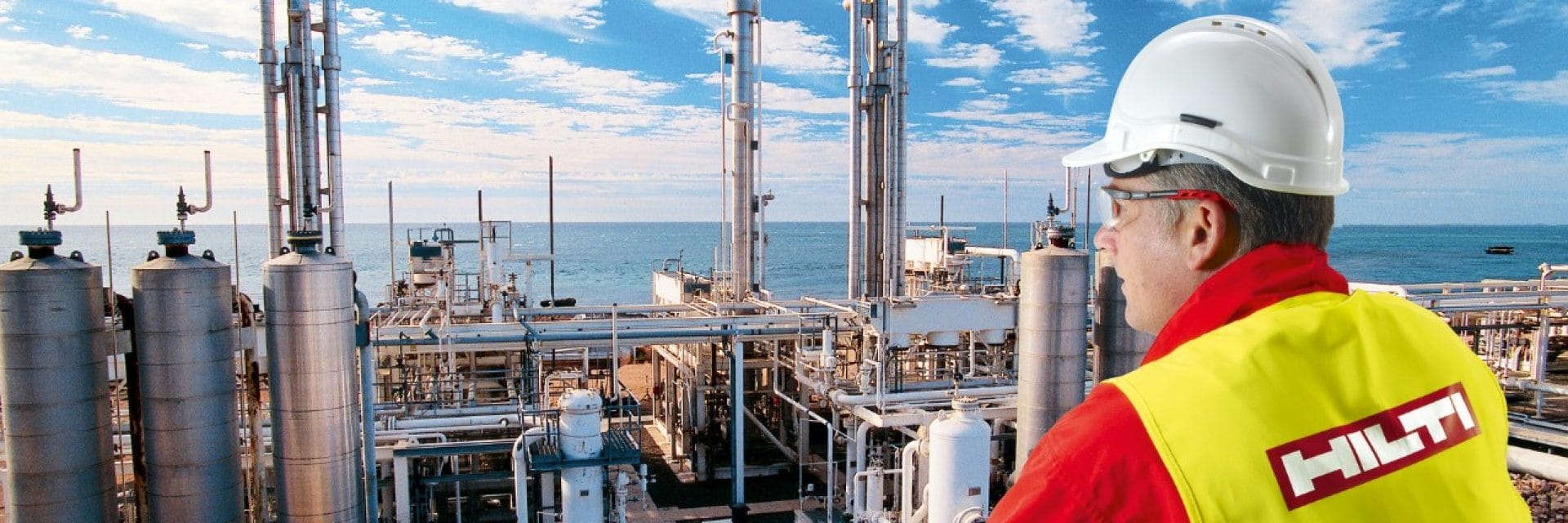HOW TO CHOOSE THE RIGHT CORROSION PROTECTION
Where are you building? That’s the key question for corrosion protection. What environment, what climate are you working in, and what material are you fastening into?
Corrosion takes different forms in different environments. So for your own build, you need to consider these factors which can increase the risk of corrosion:
- Humidity
Humidity needs to be present for any atmospheric reaction.
- Temperature
The higher the temperature, the higher the rate of corrosion will be.
- Salt
This can be air containing salt near a coast, or salt from de-icing salt in the winter.
- Industrial pollution
High levels of sulfur dioxide speed up corrosive reactions.
- Galvanic (contact) corrosion
Caused by two dissimilar materials coming into contact.
Some environments, such as indoor swimming pools, tunnels or chemical plants will need special consideration, and our local Hilti engineers are always happy to give you technical advice.

